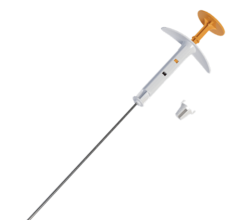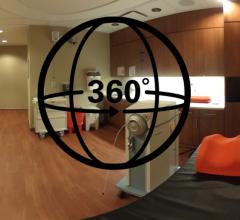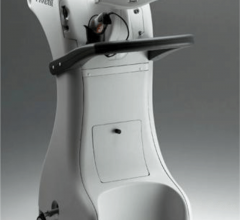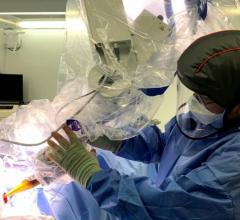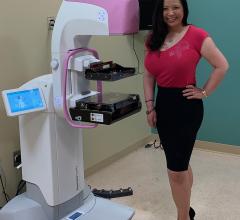
August 3, 2009 – Xoft Inc. today announced that it has expanded the treatment capabilities of the Axxent Electronic Brachytherapy, eBx, system with the launch of a multicenter skin cancer trial to further prove the safety and feasibility for the treatment of non-melanoma skin cancers here at the 51st Annual American Association of Physicists in Medicine (AAPM) Meeting.
The company also announced that the first skin cancer patients were recently treated using the FDA-cleared Axxent System, which has been available for the treatment of early stage breast cancer since 2005 and endometrial cancer since 2008.
Skin cancer is the most common cancer in the United States with more than 1 million cases diagnosed annually and results in more than 10,000 deaths each year, according to the National Cancer Institute. However, if diagnosed and treated early, most cases of skin cancer can be cured. While melanoma is the most serious form of skin cancers, it accounts for less than 10 percent of all cases. Non-melanoma skin cancers, such as basal cell carcinoma and squamous cell carcinoma, represent the majority of all new cases.
“I am very excited to be the principal investigator for the first clinical study utilizing Xoft’s Electronic Brachytherapy for surface treatment of non-melanoma skin cancers,” said Ajay Bhatnagar, M.D., of Cancer Treatment Services of Arizona. “Since skin cancers usually present on areas exposed to the sun frequently, such as the face, head and neck, we have to consider both the eradication of the cancer as well as cosmetic outcomes when determining the best treatment option for the patient.”
“Radiation therapy has been a common modality for the treatment of non-melanomatous skin cancers especially for elderly patients with lesions in cosmetically sensitive areas. There is also a wide variability in the radiation treatment for skin cancer in terms of the different radiation modalities and dose fractionation schemes. That is why I believe this is a particularly important prospective study which should help us gain a better understanding of the use of radiation therapy, specifically electronic brachytherapy, for the primary treatment of non-melanomatous skin cancer,” added Dr. Bhatnagar.
The prospective study is designed to gather data to enable physicians to develop guidelines for treating skin cancer patients with Electronic Brachytherapy that will result in the best patient outcomes. Treatment options for non-melanoma skin cancer typically include several types of surgery, topical treatments and radiation therapy. The location of the cancer and the extent of the disease impacts which treatment option is best for each patient. Whether in combination with surgery or as a stand-alone treatment, Electronic Brachytherapy will enable clinicians to administer radiation therapy without the use of a radioactive isotope and in clinical settings where a shielded vault is not needed. As the radiation oncologist can remain at the patient’s side during treatment, the entire procedure can be visually monitored for the accurate delivery of treatment to the cancer site.
“Given my recent clinical experience with High Dose Rate brachytherapy with an Ir-192 remote afterloader using the surface applicators for my skin cancer patients, I was particularly intrigued with the ability of electronic brachytherapy to provide a similar and possibly superior clinical outcome in a more patient friendly environment. The ability to treat with little impact on surrounding normal tissues should allow for an excellent cosmetic outcome as well as a high chance of treatment success with skin cancer. Therefore, this study is extremely vital and will help our field gain more credibility in the world of skin cancer including the dermatologists,” said Dr. Bhatnagar.
Available for treatment of early stage breast cancer, endometrial cancer, and skin cancer, the Axxent eBx System is also FDA-cleared for IORT (intra-operative radiation therapy). As a platform technology, the Axxent System is designed to deliver non-radioactive therapy directly to cancer sites with minimal radiation exposure to surrounding healthy tissue. Utilizing a proprietary miniaturized X-ray source and robotic controller, the system can be used to deliver radiation in minimally shielded therapeutic settings. Treatment can be performed without the need for a shielded room, allowing the radiation oncologist and other medical personnel to be present during treatment delivery and minimizing patient anxiety.
For more information: www.xoftinc.com


 October 01, 2023
October 01, 2023 
